
7 Questions to Assess the Health of Your Surveillance & Security Technology
Your surveillance and security systems are only as strong as their weakest component. Outdated hardware, unsupported software, or a lack …
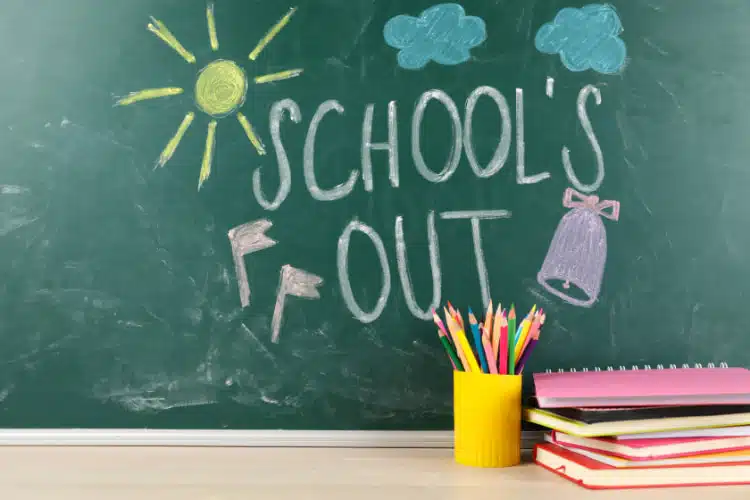
Managing student accounts during the summer break is an essential task for educational institutions. Depending on the circumstances, it may be necessary to keep student accounts active or suspend them temporarily.
In this guide, we will explore the reasons behind each approach and provide recommendations for handling student and faculty accounts effectively.
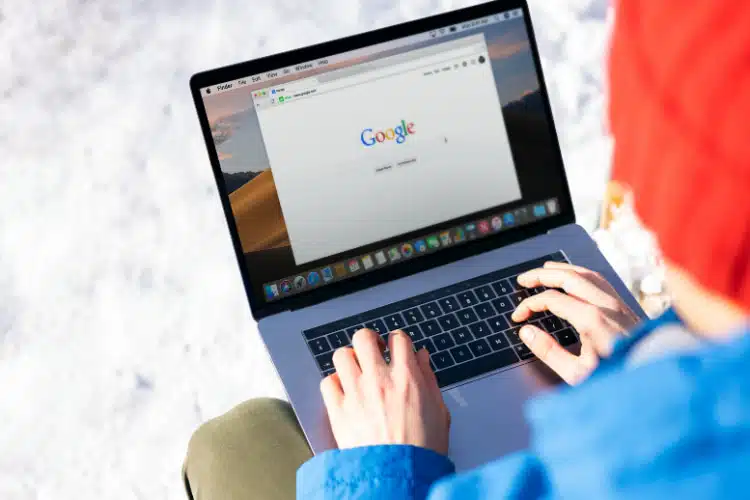
When students graduate or faculty members leave the institution, we generally recommend suspending accounts unless storage is an issue. For faculty, this enables the school to access shared documents that may have been made inaccessible when the account was suspended. This also provides a valuable audit trail in case one is ever needed.
For student accounts, if students leave and come back, you can restore their previous account with full access to all of their documents. Often, students who leave or graduate will reach back out for access to an old project.
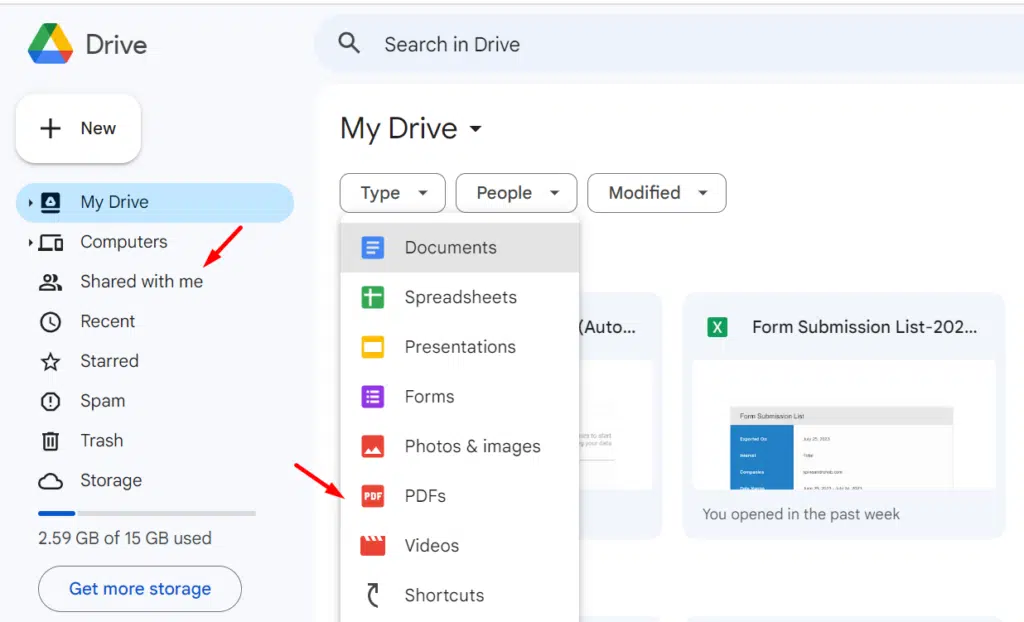
If students have summer school work or need to communicate with their teachers, it is a good idea to leave their accounts active during the break. By doing so, students can access their school email and Google Drive to complete assignments and stay connected with their educational community. Active accounts facilitate seamless communication and allow students to submit their work promptly.
Additionally, keeping accounts active ensures a smooth transition into the new academic year. By leaving the accounts open, students can access apps and websites tied to their Google accounts and continue valuable reading, math, and other academic exercises over the summer to help eliminate the “summer slide”.
On the other hand, if students will not be utilizing their accounts for school-related activities over the summer break, it is advisable to suspend their accounts temporarily. Suspending accounts during this period serves several purposes.
First, it allows the administration to obtain a newly signed Acceptable Use Policy from students in the fall before reactivating their accounts. This ensures that students are aware of the terms and conditions governing the use of school accounts. Moreover, suspending inactive accounts reinforces the notion that school accounts are meant for academic work and helps maintain a clear distinction between personal and school-related digital activities.
By suspending accounts, students are encouraged to utilize alternative platforms or personal accounts for personal purposes, keeping the school accounts focused on educational activities.
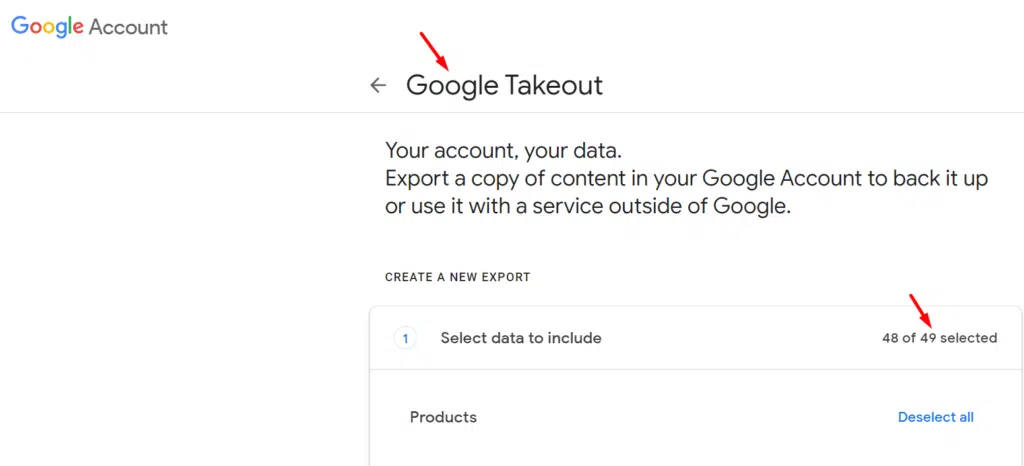
Google Takeout is a valuable tool that enables users to transfer files from one Google account to another or to download files, converting them into PDF or Microsoft file types. By leveraging Google Takeout, users can ensure they have a backup of their important files and documents before their accounts are suspended or deleted.
As the Google Admin, you can set migration permissions for your domain’s users to take advantage of Google Takeout. These permissions can be set by Organizational Unit, allowing you to enable Takeout only for specific groups, such as the graduating class or faculty. Once enabled, users can utilize the “Takeout” feature to convert and download their documents, emails, contacts, bookmarks, and more. Detailed instructions for using Google Takeout can be found in the provided link.
For students who only need to download a few specific documents, Google offers a convenient feature called “Download As.” By opening each document, students can navigate to the “File” menu, select “Download As,” and choose the desired file format. This option allows for quick and targeted downloads, ensuring that students have access to the specific files they require.
Google G-Suite for Education accounts provide unlimited storage for users. Considering this, it is recommended to suspend student and faculty accounts rather than deleting them outright. By suspending accounts, you retain the option to reactivate them in the future if the need arises, without losing any data or content associated with those accounts.
However, it is crucial to note that depending on your district’s record retention policies, you may need to delete the accounts permanently after a specific period. Be sure to familiarize yourself with your district’s guidelines and establish a timeline for permanent deletion accordingly.
As the Google Admin, you also have the authority to transfer files from one teacher to another. In the Admin Console, navigate to the “Apps” section, select “G-Suite,” then choose “Drive and Docs.” Clicking on “Transfer Ownership” allows you to transfer the ownership of files from one teacher’s account to another, ensuring a smooth transition when faculty members leave or change roles.
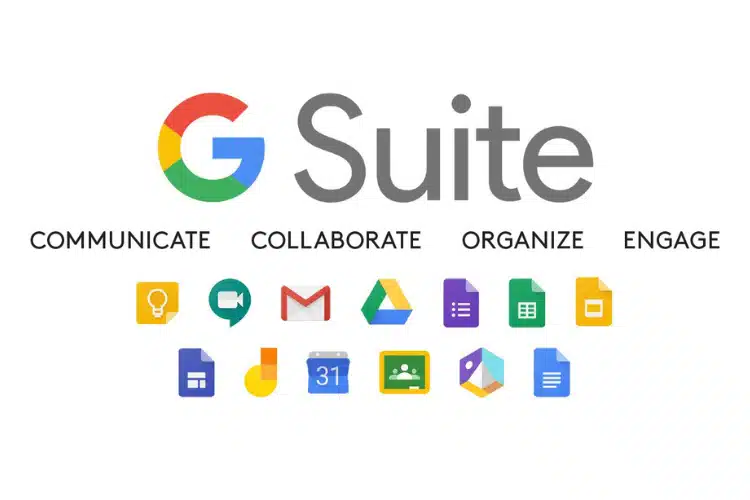
Bonus: Student Handout:
To facilitate the process and provide students with the necessary information, we have created a student handout. You can make a copy of the provided Google Doc and customize it to suit your school’s specific requirements. The handout can be shared with your students, allowing them to understand the guidelines and procedures for managing their accounts during the summer break. Use the link provided to access and customize the student handout.
We hope that this article provides you with valuable insights and guidance in managing student and faculty accounts during the summer break. By considering the options of keeping accounts active or suspending them temporarily, educational institutions can ensure smooth communication and a seamless transition into the new academic year.
S3 Technologies believes that by implementing these strategies and procedures, educational institutions can effectively give Google the summer off while maintaining a secure and organized digital environment. We hope that this article has provided you with practical solutions and valuable information to make the account management process smoother and more efficient.
We wish you a successful summer break and a productive upcoming academic year.

Your surveillance and security systems are only as strong as their weakest component. Outdated hardware, unsupported software, or a lack …
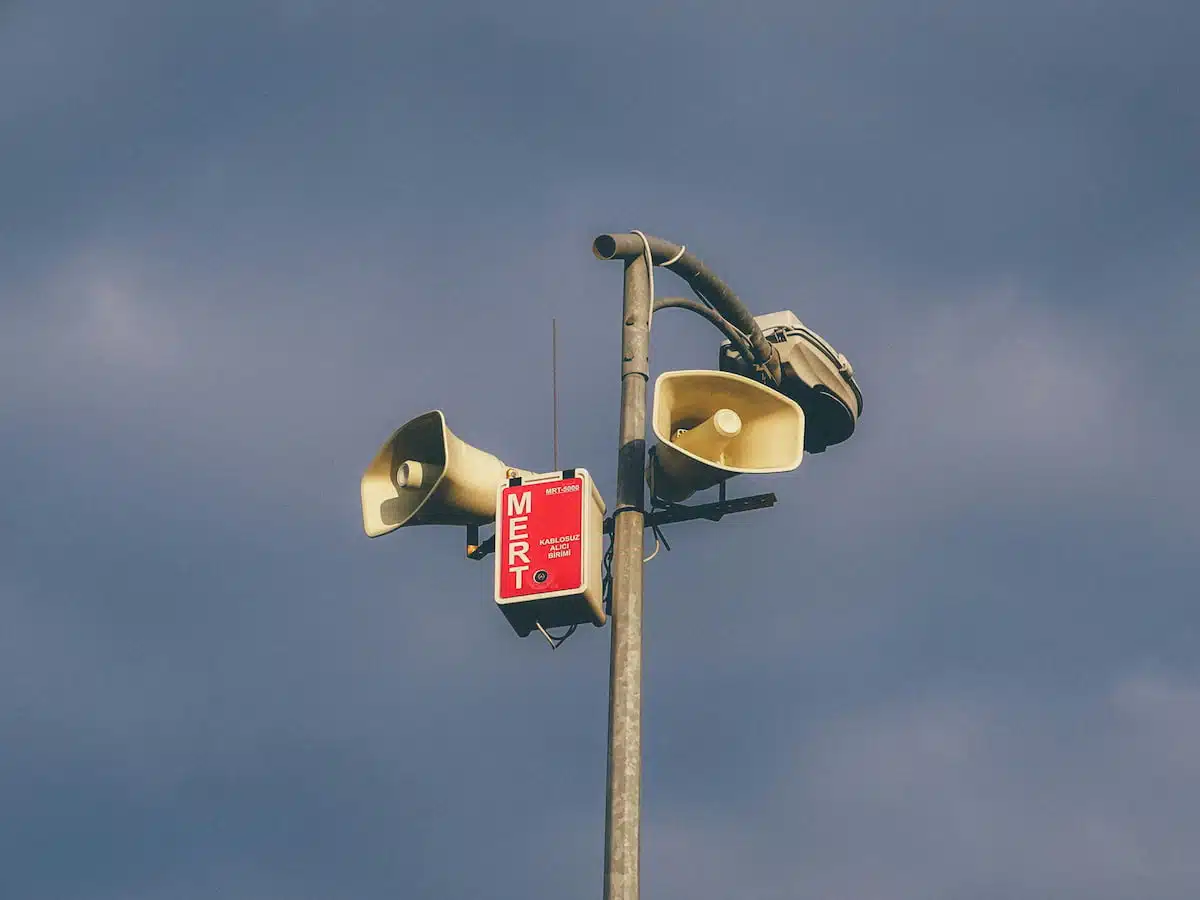
School safety has never been more important. In an era where timely and effective communication can make all the difference, …

These days, school video productions have become commonplace. Most students own smartphones with cameras, many editing programs are free, and …

“What technology should I buy for my school?” It’s a common question among teachers and administrators—and with good reason. Educational …